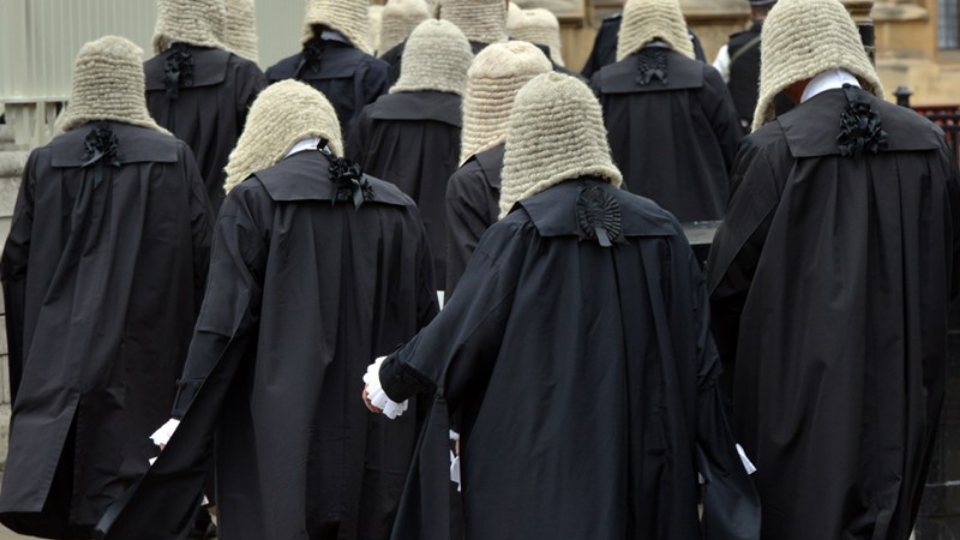“For heaven’s sake, discard the monstrous wigs which make the English judges look like rats peeping through bunches of oakum”

Whether wigs should be abandoned, has long been a topic of hot debate among lawyers. In many common law jurisdictions, including the Cayman Islands, wigs are still required attire for at least some proceedings. For retention, it is said that wigs represent continuity and a long-held tradition, they add the right degree of formality and solemnity to court proceedings, the anonymity that they bring reduces the risk of judges and barristers being recognised outside court by disgruntled litigants, and that it allows jurors, in particular, to concentrate on what is said and not who is saying it.
For abandonment, it is said that wigs are outdated, ridiculous, inconvenient (particularly when trying to wear the necessary headphones in the European courts) and expensive. Wigs also pander to what Lord Goodman rightly described as “the peacock pretensions" of the advocate, which is fortunately on the decline, but there is still the occasional irksome feathered display.
They can also be uncomfortable in hot weather; take the case of the unfortunate young barrister, who, anxious that the whiteness of his wig would reveal his inexperience, poured coal dust over it, only for the coal dust to run down his forehead as the heat and his anxiety in court overcame him. But this pales beside the case of Justice Sullivan in the Madras Supreme Court in the early nineteenth century, who solemnly donned his wig in court, to find that mosquitos and cockroaches had taken up residence; a spectator remarked that he “snatched it off in a sudden fit of indignation, and threw it, with an oath that was somewhat extra-judicial, into the middle of the court”.
As for the traditionalist view, there is more than an element of truth in the joke of Justice Rosie Abella of the Canadian Supreme Court: Question: “How many judges does it take to change a light bulb?” Answer: “Change??”




